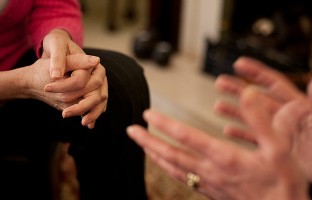Deep listening: The pastor learns the congregation’s story
Pastors often complain that their congregations are resistant to change. Hence the old joke about the seven last words of the church: "We've never done it that way before." The persistent thrum of the status quo keeps many congregations insulated from innovation or transformation. Pastors who answered the call to ministry with an echo of Isaiah's words, "Here am I, send me!" find themselves stymied by quotidian power struggles and ritualized repetitions of old scripts.
A leadership tool that can forge a path through the thicket of resistance and routine is something called "pastoral ethnography." Pastoral ethnography is simply a strategy for listening in a disciplined and attentive way to church members and leaders. It's a research process that can enliven theological conversation. It is not a top-down exercise of power, but rather a process of enlisting members as research partners.
By taking on the role of researcher, a pastor can better understand what is going on among church members, what is at stake for them and what they value. As a researcher, the pastor strives to adopt a neutral, curious and nonjudgmental attitude about the information gained through observations, interviews or surveys. This neutral attitude helps people speak honestly and freely. This in turn leads to greater understanding on the part of both parties. Attentive listening and deeper understanding constitute the beginning of growth and change.





